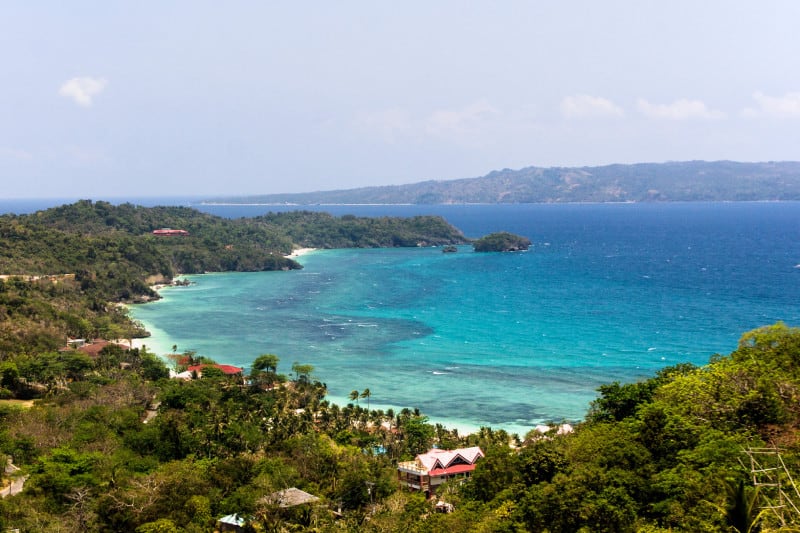 Source: http://bit.ly/2DBqCD4 Photo: Alexey Komarov CCL: http://bit.ly/2QZT99x
Source: http://bit.ly/2DBqCD4 Photo: Alexey Komarov CCL: http://bit.ly/2QZT99x
Boracay Facts
- Boracay serves as the name of a small island that constitutes part of the Philippines in Asia. This geological and botanical marvel is located roughly 196 mi (315 km) south of Manila.
- The great natural beauty of Boracay also makes it one of the leading such destinations in the world for tourists.
- Yet when Europeans first discovered the site, it already boasted habitation by a population of approximately one hundred Indigenous Peoples, comprising the Ati tribe.
- Finally, tourism did not come to the island until the late 1970s.
Related Articles
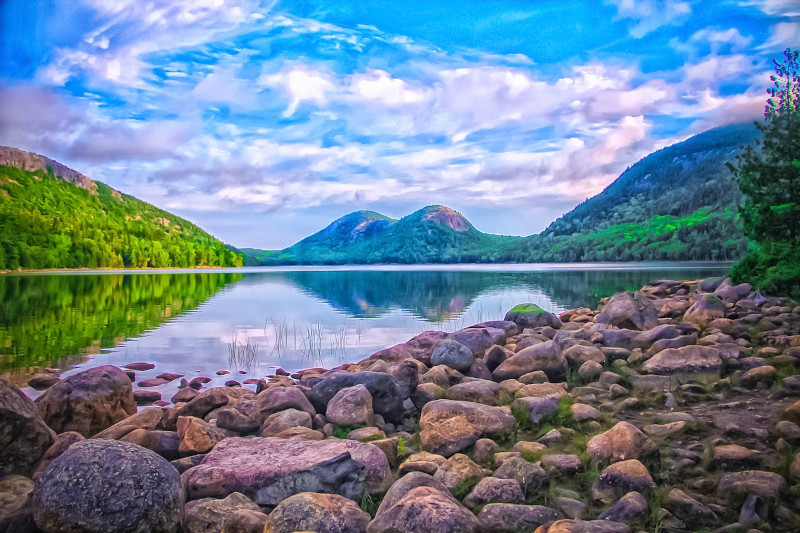
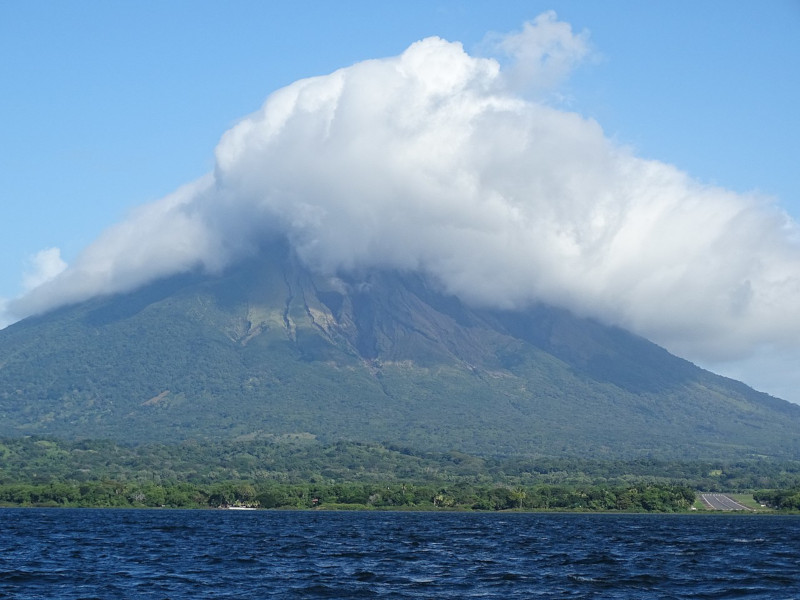
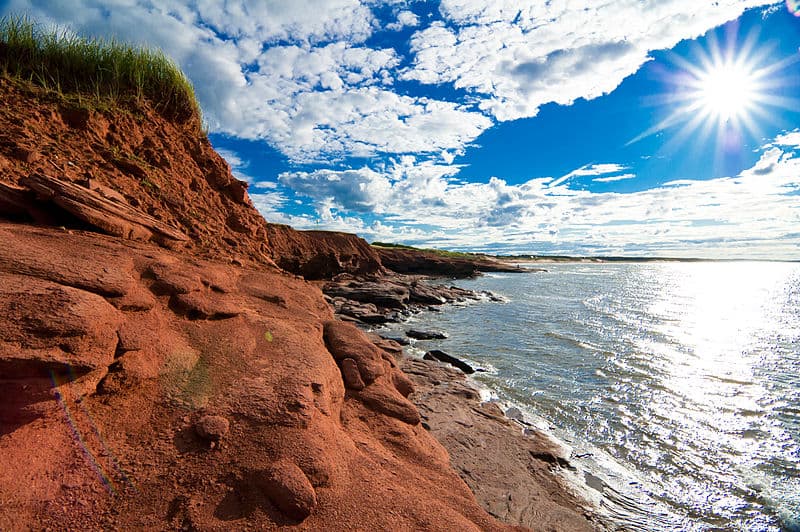
Boracay Physical Description
The small island of Boracay comprises a rather small total area of about 4 sq mi (10.4 sq km). The island also roughly forms a rounded rectangular shape and with a markedly narrower middle.
The length of the island measures roughly 4.4 mi (7 km). The narrowest section measures less than 0.6 mi (1 km) across.
In addition to its incredibly lush vegetation, Boracay also earned fame for the beauty of its numerous beaches.
But, the largest two beaches sit on opposite sides of the narrow section. The almost constant windy conditions serve to make the island an excellent location for kiteboarding and windsurfing enthusiasts.
Boracay Climate and Weather
The climate of Boracay remains decidedly tropical in nature. Yet the weather is also divided into two rather unique patterns, known as the Amihan and Habagat seasons.
These names derive from the Visayan language and literally mean cool northeast wind and southwest winds respectively.
The Amihan season almost exclusively consists of rather moderate temperatures, little or no rain, and the northeasterly wind.
The Habagat season on Boracay consists primarily of hot and humid weather, frequent heavy rains, and the almost constant westerly wind.
Typically, the transition from one pattern to the other is dramatically swift and, as a result, can literally occur overnight.
Year-round daytime high temperatures range between 68-90 F (20-32 C).
Features Sharing Its Region
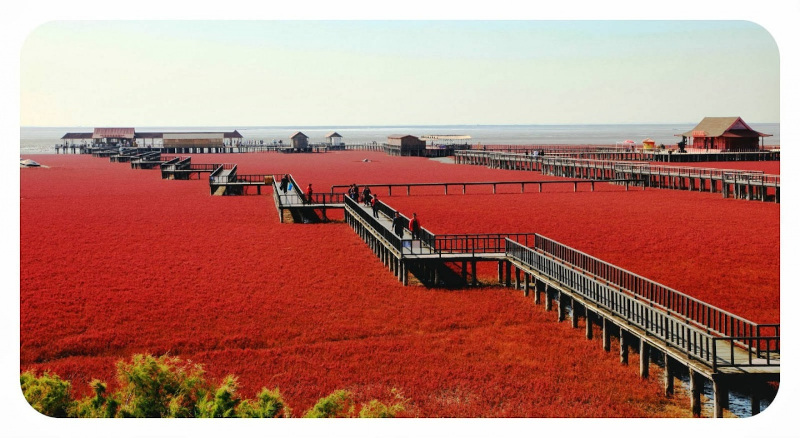
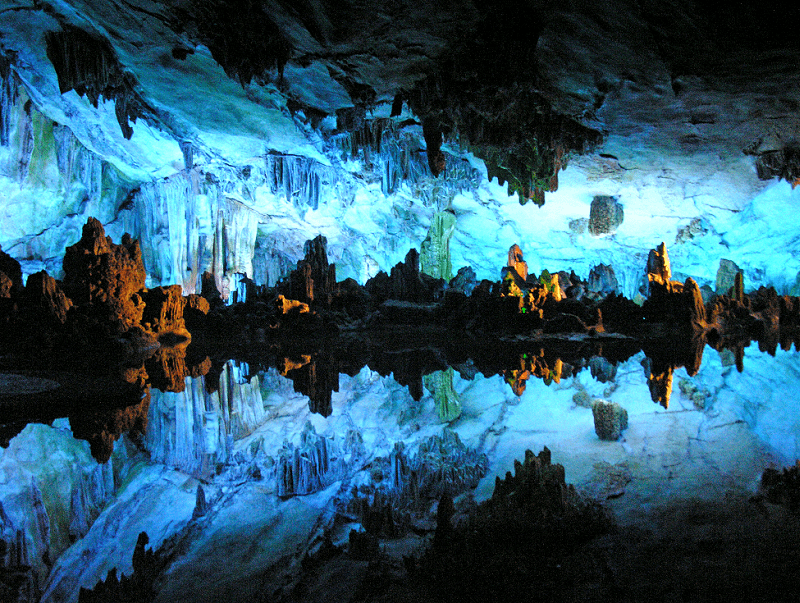
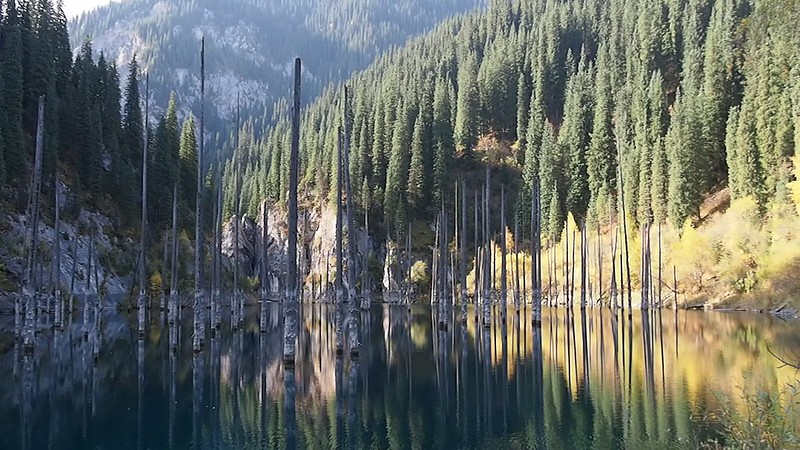
Check out our other articles on 5 Rare Mind-Blowing Cloud Types, Maned Wolf, Mammoth Hot Springs, Caribbean Spiny Lobster, Heartleaf Foamflower, Fire Salamander, Green Iguana
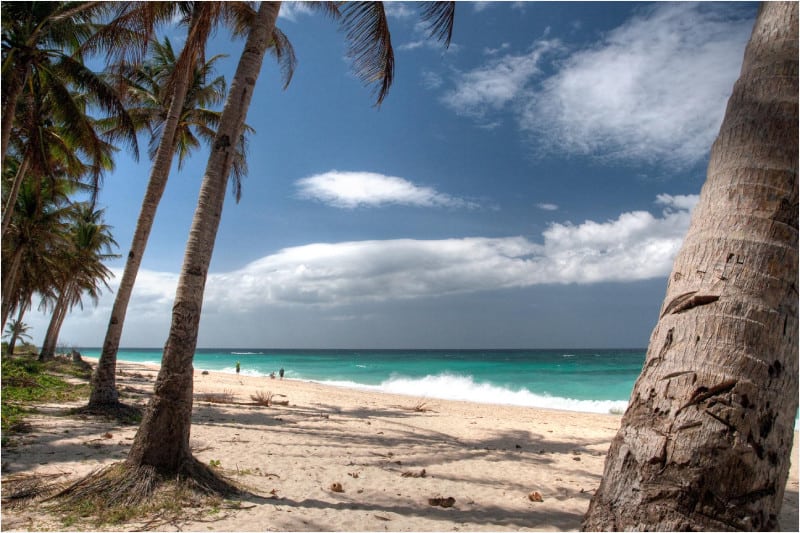
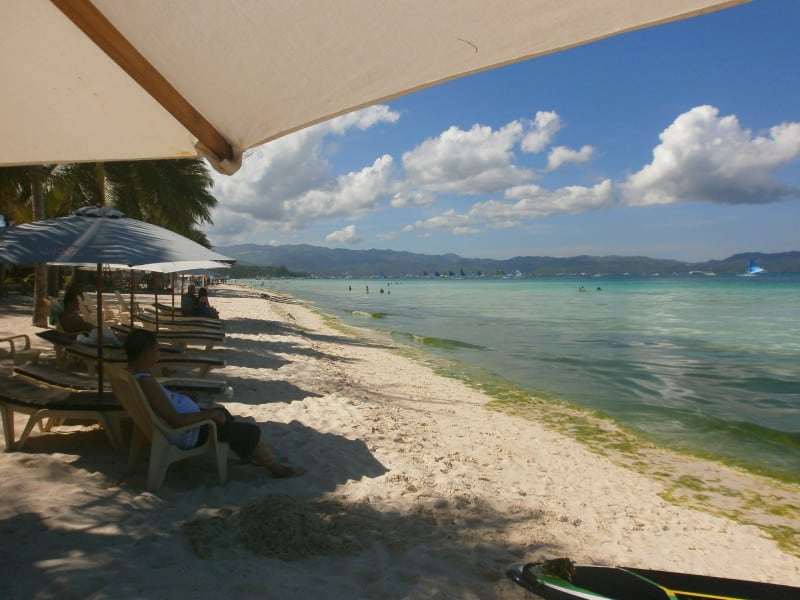









Leave a Reply